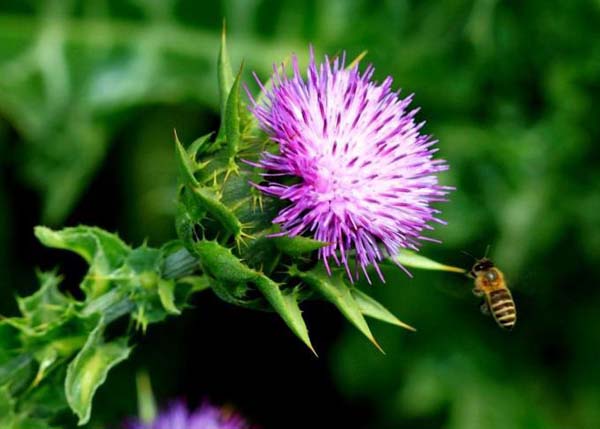Silymarin: An option to treat non-alcoholic fatty liver disease
Silymarin and non-alcoholic fatty liver

Non-alcoholic fatty liver disease (NAFLD), including various new targeted therapies that are currently under investigation. In the last decades the diagnosis of NAFLD was increasingly evoked in clinical practice, with a worldwide spread of NAFLD, with an estimated prevalence between 25%-30% of general population, not only in Western world but also in urban area of developing Countries. NAFLD is an umbrella term that includes different clinical pictures ranged from simple fat accumulation to steato-hepatitis, fibrosis, cirrhosis and its complications. Central obesity, dyslipidemia, insulin resistance, and diabetes in a context of metabolic syndrome are the risk factors largely associated to the development and progression of NAFLD. Recently, studies on the mechanisms involved in the pathogenesis of NAFLD, highlight the role of genetic polymorphisms enhancing oxidative stress, pro-inflammatory cytokines production and disequilibrium in the glucose and lipid metabolism. The standard of care to treat NAFLD, described by international guidelines, is focused on lifestyle modifications and in particular on starting a healthy diet and increasing physical exercise.
However, no drugs are currently approved to treat NAFLD and its secondary complications by regulatory agencies. Reactive oxygen species production, including super oxide radical, hydroxyl radical, hydrogen peroxide, and lipid peroxide radicals, are involved in the pathogenesis and progression of NAFLD, in a multi-step process. Silybum marianum, commonly known as Milk Thistle (MT), family of Asteraceae/Compositae, has been used since the time of ancient physicians, to treat liver diseases. The active complex of MT is a lipophilic extract from the seeds of the plant and is composed of four isomer flavonolignans, collectively known as silymarin. Several pre-clinical and clinical studies have been carried out on silymarin and silibinin, its predominant and most active component. It has been described that silymarin possesses anti-oxidant, anti-inflammatory, and anti-fibrotic properties. Our study group have been reported in a randomized study, the health effects of a hypocaloric Mediterranean diet in association with an antioxidant formulation with silymarin, on liver damage, glucose metabolism and anthropometric parameters in NAFLD overweight patients[8]. Data on the effects of silymarin in patients with NAFLD are limited. However, some studies showed that treatment with silymarin has been associated with an improvement of the oxidative profile, due to the ability of silymarin to inhibit the production of pro-inflammatory cytokines. In addition, our data can be explained by the effectiveness of the diet associated to silymarin to reduce the extent of fat infiltration in the hepatocytes and to modulate the mitochondrial function.
In accordance with the paper by Singh et al, we conclude that new therapeutic targets are now under investigation for NAFLD. In this context, on the basis of our experience we support the role of silymarin, in association with lifestyle changes, to treat NAFLD patients, considering that it offers similar effects than some of the drugs listed by Singh et al in terms of anti-oxidant (e.g., NOX-1/4 inhibitors), anti-fibrotic (e.g., galectin-3 antagonists, simtuzumab) and anti-inflammatory (e.g., sirtuins) properties, but with considerably lower side effects.
Send inquiry online For more product information and prices
(Pharmaceutical Ingredients Manufacturer & Supplier & Exporter.)
After sending the online inquiry, we will reply you as soon as possible, if not get any response on time please contact us by Tel or Email. —— Green Stone Swiss
Email: sales@raw-pharmaceutical-materials.comTel: +86 592 5365887
WhatsApp: +86 189 6515 7632
Send inquiry online:

